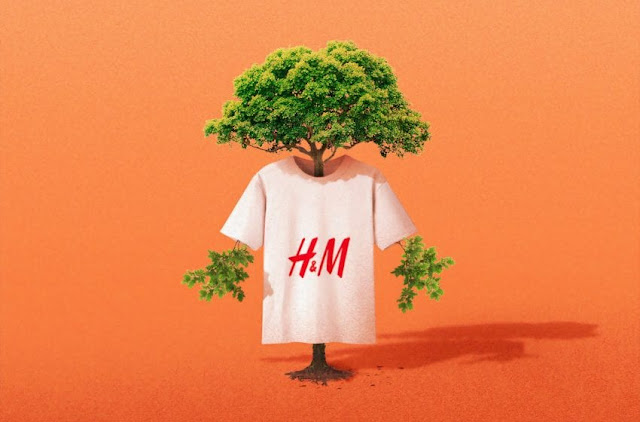The Fabric of Resistance
By Jennifer Graley
 |
| The 'North Sea Knitters' outside of Scottish Parliment in Edinburgh, 2024 |
The fabrics we encounter in the everyday are silent. They are silent in the stretch of a jumper; they are silent in the carpets on which we walk upon. But what if we were to unsilence them, and actively listened to the tangible impact they have on what it means to be human?
It is estimated that in Scotland, up to 84% of the country’s carbon footprint comes from the materials we consume. The rise of fast fashion and the ever-growing expectation of ‘need it fast, need it now’ has enabled our collective consumption to quickly become a rapid problem that plays a significant role in climate change. To truly address climate change, we must reclaim these fabrics that constitute the patterns of the everyday as a form of resistance, forming our own material – a thread that binds us towards a more sustainable future.
For the ‘North Sea Knitters’, a Scottish-based climate activist group, this thread that binds us is a woollen one. As a form of political action, this group of individuals seek to increase awareness about growing consumption and commitment to oil and gas within the Scottish landscape through the act of knitting as a form of ‘craftivism’ – craft as a climate activism. Their primary objective is political advocation for “a safe future” for “many more to come” using “knitting as a protest” that “symbolises the traditions we pass down the generations”. From the receptions of dominant oil companies in Aberdeen to outside Scottish parliament in Edinburgh, this group uses the fabrics they knit as a form of bottom-up resistance. Challenging the status quo, the North Sea Knitters seek to expand the space we take up in making realised and sustainable change for future generations.
The act of knitting holds profound significance. As a traditional form of fabric-making that possesses great importance in Scottish history, it symbolises not just the creation of a locally produced garment, but also embodies the passing down of intergenerational knowledge. When a grandmother teaches her grandchild to knit, they engage in more than just learning a new skill; they are nurturing a vital connection that reinforces the importance of preserving heritage. Perhaps the gift of a knitted jumper in the 21st century can be viewed as a radical form of resistance – one that rejects the unethical and unsustainable mechanisms of fast fashion and capitalism.
 |
| Fabric of resistance |
It is important to recognise, however, that climate activism has been criticised for being exclusionary by nature. Karen Bell and Gnisha Bevan, both scholars who study climate activism, have argued that many environmental organisations “lack representation” from working-class backgrounds and from people of colour. In order to envision a sustainable future for all, diversity and difference is something that must be welcomed and celebrated. The fabric of resistance is rich in its thread, bound with the political nature of the lived experience, and each of us have a different story to tell.
Fashion, fabric, and materials are integral to our culture and heritage, shaping what it means to be human as we seek to express ourselves and foster our connections with others. By reclaiming the fabric of the everyday from endless consumption and viewing it as a form of resistance, we begin to nurture our community, diversity, belonging, and self-identity, deepening our understanding of what it means to be alive in Scotland today. Through the physical act of creating new fabric, we elevate not only our own voices, but also the ones of those around us. We unsilence these materials by giving them life, and a voice that strives for climate justice for all.


Comments
Post a Comment